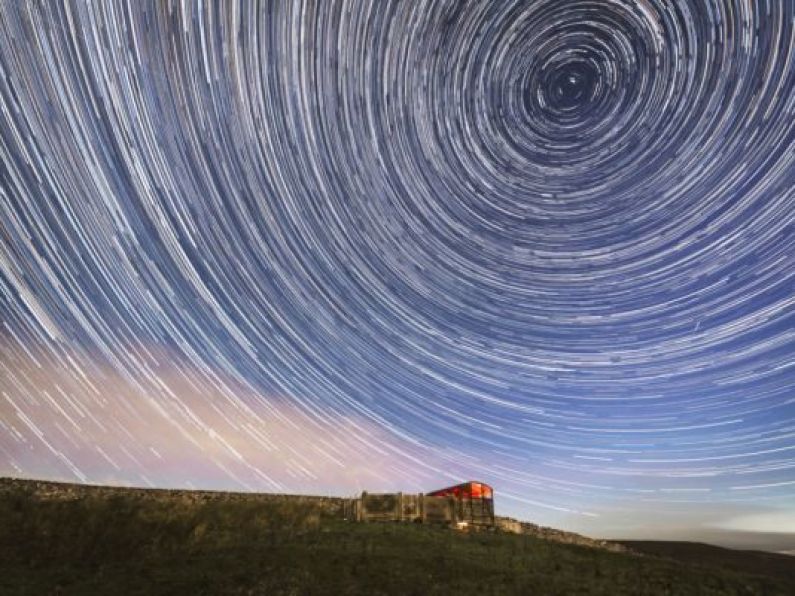By Victoria Sales, PA
Sky gazers across the South-East are set to be treated to a light display this week as Earth passes through debris left behind by a comet.
It is predicted the peak of the Perseid meteor shower will be on Thursday night into the early hours of Friday when the sky is at its darkest.
The meteors are best viewed from the Northern Hemisphere. In ideal conditions with no clouds observers could see up to 50 an hour, according to the UK's Royal Astronomical Society.
Met Éireann is forecasting patchy cloud and clear spells over the south and east on Thursday night, though there will be some showers in the west and north.
The meteor shower is often dubbed the best of the year because of how bright and active it is.

During a shower, Earth passes through a cloud of debris left behind by comets, and so many more meteors are seen entering the atmosphere.
The Perseids are associated with Comet 109/P Swift-Tuttle, which last passed near Earth in 1992.
When comets travel close to the sun, they heat up and disintegrate. If this happens in Earth’s path around the sun, they can head towards our atmosphere at high speeds.
The superheated air around the meteors glows and leaves behind trails of light and explosions in the form of fireballs.
Best viewing
The best way to catch a glimpse of the radiant show is away from the lights of towns, cities, buildings, and trees, and where there is a clear view of the horizon.
This year on the peak, the moon will be in a thin crescent phase, creating perfect viewing conditions without interference from moonlight.
Dr Robert Massey, deputy executive director of the Royal Astronomical Society, said: “The light of the moon won’t interfere with the shower, so you stand a much better chance of seeing more meteors.
“If there is a full moon in the sky, then you might as well be in the city because it will light up the whole sky, but this year the moon really will help us see more Perseid meteors.”
Observers have been advised to plan and check the forecast before in case the weather is unpleasant, so they can travel to a new location or go out on a different day.
The sparkling treat is set to continue over the Northern Hemisphere for a few days after the peak with reduced activity and occurs in July and August every year.






